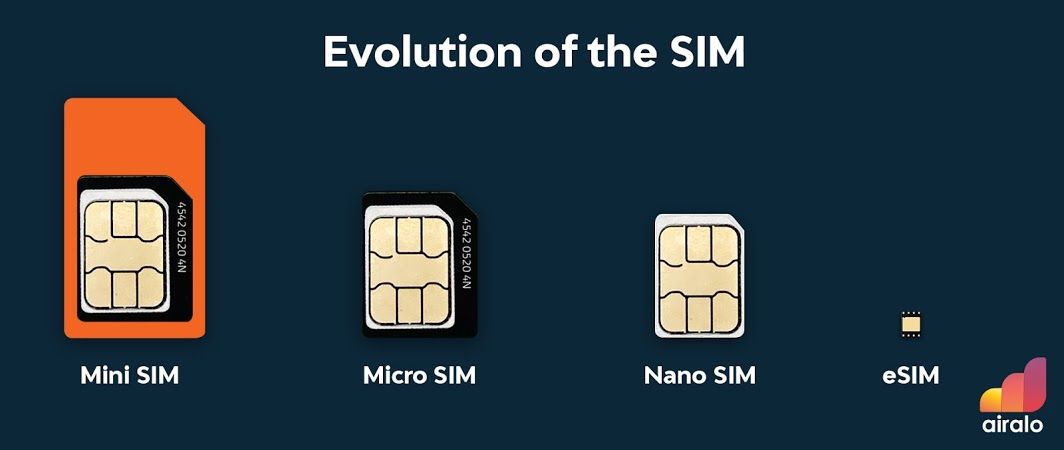Modern eSIM technology catapults classic SIM cards to the next level. Giesecke+Devrient (G+D) explains why this is good news for users.
More and more manufacturers of smartphones, tablets and smartwatches are equipping their devices with eSIM technology. The “e” stands for “embedded”, which gives an accurate picture of the technology: The eSIM is a permanently installed chip in a device, onto which the profiles of mobile operators can be downloaded via Wi-Fi or the mobile network.
RELATED
MTN Trials ESIM In Nigeria
Compared to the classic SIM card, this new technology offers numerous advantages. G+D explains the most important of these. eSIMs are:
- Easier to use. When users sign on with or switch network providers, they no longer have to fiddle with tiny plastic cards, nor do they need special tools for inserting and removing them. They also no longer need to worry about the different formats of the SIM cards.
- Faster. Users can activate their mobile contracts completely digitally using their own end device – for example, by scanning a QR code from a customer portal with their cell phone. There’s no need to go to a service point, and they don’t have to wait for a SIM card to be sent to them in the mail, meaning they can start using their device almost immediately.
- More flexible. With classic SIM cards, only a single mobile communication contract can be used. Through eSIMs, on the other hand, users can install and switch between multiple contracts within the corresponding contractual conditions of network operators. It is also possible to use multiple phone numbers – for example, a private and a work number.
- More travel-friendly. When traveling abroad, the flexibility of eSIM pays off in particular. Business travelers or vacationers can simply activate an additional local cell phone provider for local phone and data needs. Or they can sign a contract with a provider that offers low rates worldwide instead of paying outlandish roaming charges.
- More sustainable. Last but not least, eSIM technology is better for the environment. As the chip receiving the eSIM data is build directly into the device, there is no longer any need to produce plastic frames carrying the SIM-cards which tend to end up in the trash each time a new SIM card is purchased. Additionally, eSIMs do not need to be sent by mail, meaning CO2-intensive transport to users is also eliminated.
“Today, we see very strong growth of eSIM in the consumer area. However, we expect that this trend will also further accelerate to the industrial area with the arrival of more and more 5G networks currently being rolled out,” says Steffen Frenck, Head of Strategy & Marketing at G+D. “The reason for this is, that eSIMs offer unbeatable advantages. They’re just as secure as classic SIM cards, but make it significantly easier for users to activate, switch or combine mobile contracts. And again: they are the greener way to realize secure, standard-compliant access to cellular networks.”
This listicle can also be downloaded here.
IMAGE: Airalo
































